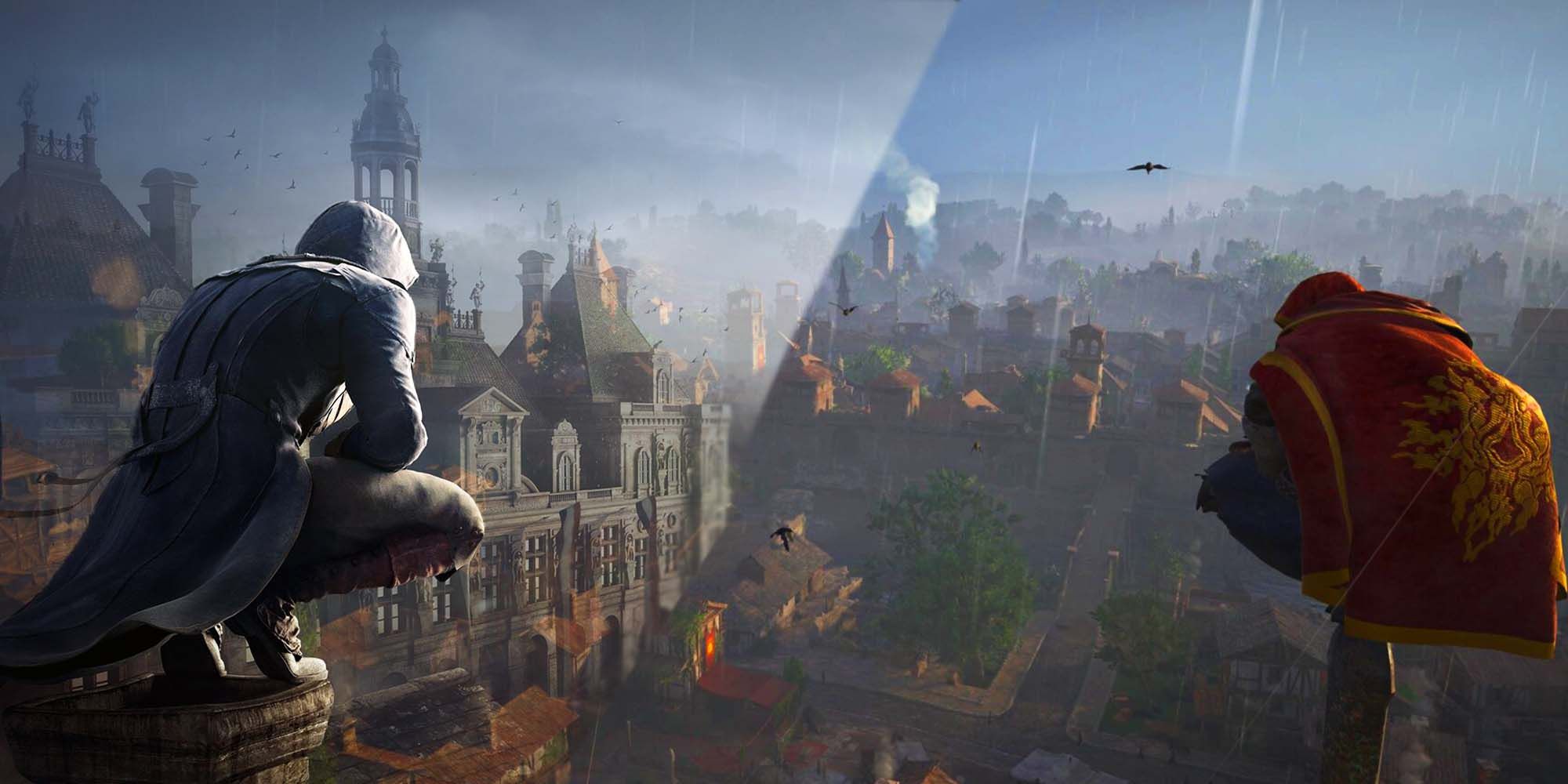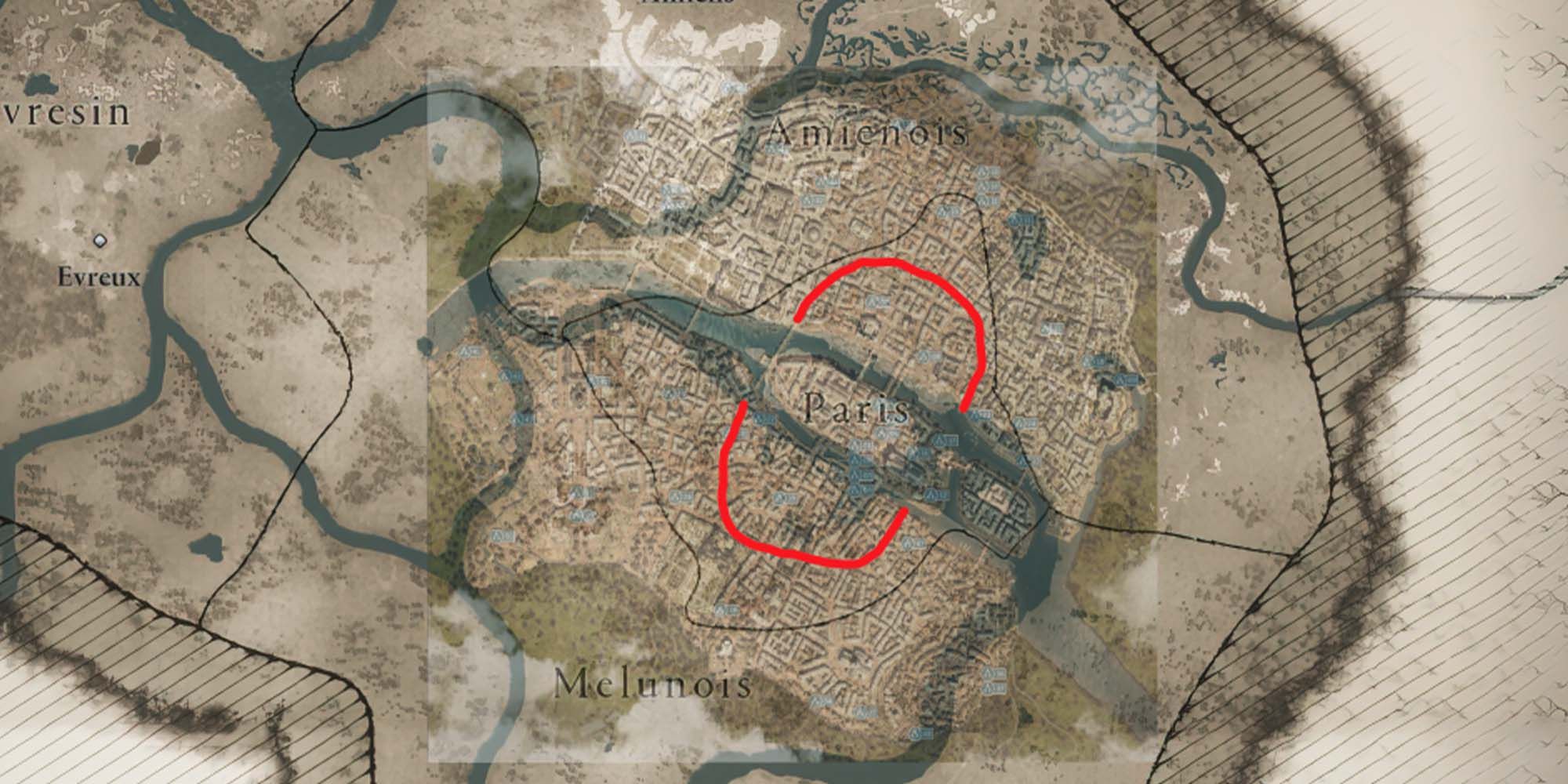How AC Valhalla’s Paris Compares To Assassin’s Creed Unity
The Siege of Paris DLC has a much older Paris than the one in AC Unity. Comparing the two reveals where interesting design meets historical accuracy.
You Are Reading :How AC Valhallas Paris Compares To Assassins Creed Unity

As the release of Assassin’s Creed Valhalla’s second DLC expansion, The Siege of Paris, came ever closer, it brought to mind the series’ first foray into the French capital, Assassin’s Creed Unity. Even though Unity has a divided reputation among fans, thanks to its buggy launch, no one denied how impressive and accurate its recreation of Paris was. Since the two games share the same location, one has to wonder how The Siege of Paris’ recreation of its namesake holds up to Unity’s – or if they can even be compared at all.
Assassin’s Creed Unity’s Paris is quite an accomplishment, but does take some liberties in order to make one of the Assassin’s Creed’s best-selling games play better and feel more familiar. By the time Unity begins, for example, the Cathedral of Notre Dame hadn’t acquired its iconic spires yet, but because it’s how people see the structure today, the team decided to add them in in order to keep players more immersed.
When it comes to comparing this Paris to the one in The Siege of Paris, scale plays a huge role. In order to balance accuracy of landmarks and enjoyable traversal, the developers implemented what they called, “radial scale.” In a 2014 article from The Verge, the developers explained that they decided to keep the center of Paris condensed and populated, but when the player leaves the city center to go into less-populated areas, buildings have more space in order to create a better playground while maintaining landmark locations and borders. This is what helps Unity’s Paris feel so big and sprawling, as well as being one of the reasons that Valhalla’s feels so small.
Why Valhalla’s Paris Feels Different Than Unity’s

Another post by Redditor Tabnet highlights just how different the scale is between the two recreations. The scale, in this case, is determined by matching how long a single meter is in both games, then lining up the two versions of the Île de la Cité which is the island in the middle of the river Seine. A good way to visualize this scale in-game is by applying some real-world history to The Siege of Paris, in which the in-game battle against Count Odo takes place inside the real-life St. Etienne Cathedral, which was later demolished and replaced by the Notre Dame Cathedral.
Aside from some more general similarities such as the slums being on the fringes of the city and the major city hubs being closer to the river, the overlays of the two versions of Paris show that they can’t really be compared to one another. The sole reason for this is because Eivor’s Paris in 886 A.D. is absolutely nothing like Arno’s Paris in 1789. In the 900 years between the two, the city of Paris expanded significantly and Valhalla’s version is nearly unrecognizable from the classic depiction of Paris seen in Assassin’s Creed Unity.
The real comparison that can be made between the two is their respective levels of accuracy, which are both quite high. Despite Assassin’s Creed and Ubisoft’s many issues, the historical representations of their settings are never among them. Ultimately, players should jump into both Unity’s and Assassin’s Creed Valhalla: The Siege of Paris’ versions of Paris and experience just how much a city changes over time.
Link Source : https://screenrant.com/ac-valhalla-paris-compare-assassins-creed-unity/
